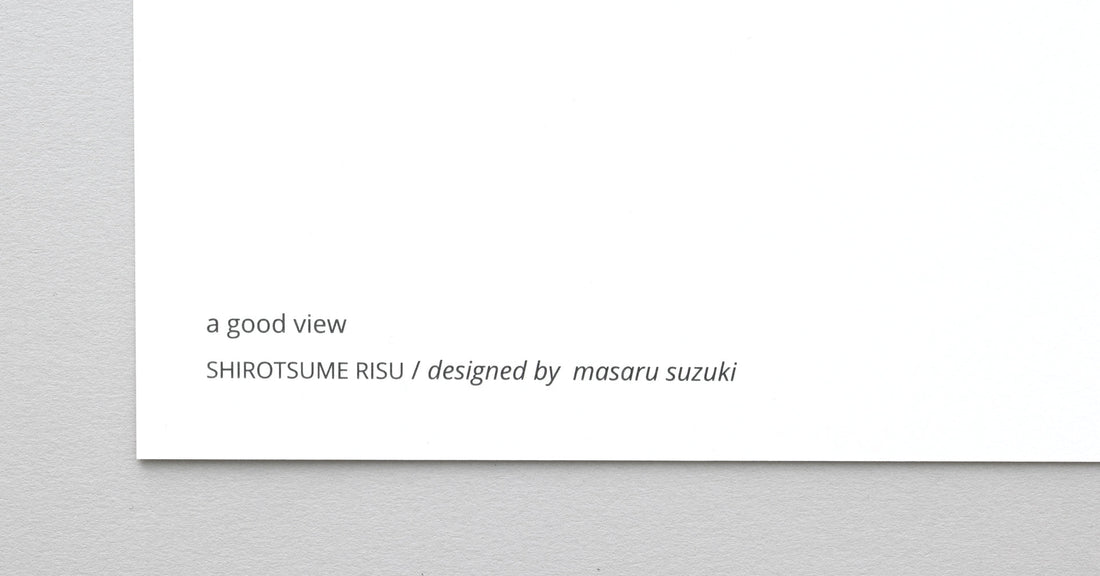On the back of our posters, you will find the designer’s name printed, such as “designed by ~.” Some of you may wonder: “But aren’t these art posters? Should it really say ‘designed by’?” That is why we would like to share our perspective on the difference between art and design, and between artists and designers.
Both artists and designers engage in creative work, but in general, they are thought to have different roles and approaches.
Designers focus on problem-solving and achieving specific goals. They create functional and practical designs, working mainly in areas such as product design, graphics, websites, and applications. In doing so, they consider elements such as user needs, objectives, and brand identity, ultimately pursuing designs that combine aesthetics with functionality. In other words, design is the process and result of standing in the user’s shoes and delivering the best possible outcome within given constraints—an area where explanation and justification are often expected.
Artists, on the other hand, focus primarily on self-expression and emotional expression. Their work may take many forms—painting, sculpture, music, film, poetry, and more. Drawing inspiration from their inner world or the surrounding environment, they reflect their unique perspectives and emotions in their creations. Their works exist to pursue aesthetic value or personal meaning rather than to solve problems or achieve goals. In this sense, art is the process and result of seeking self-expression with as few constraints as possible, aiming to make an impact on the viewer and inviting free interpretation.
Of course, some people combine elements of both. In fact, the line between art and design is not clearly defined. The two often influence each other, and many creators and works embody characteristics of both. By pursuing both aesthetic value and practical solutions, such works provide new perspectives and inspiration. We therefore see artists and designers as connected within the same creative sphere, even if their approaches differ.
When we set out to produce and sell what we call “art posters,” we asked our creators to express themselves as freely as possible, while also working within certain constraints—such as size, format, printing methods, and the idea of displaying multiple works together—as well as the premise that these are mass-produced items. For this reason, we chose to credit them as designers rather than artists. In practice, however, all of them move fluidly between art and design, often blending the two unconsciously. So in the end, the choice of label may not be so important after all.
This may have turned into a slightly formal reflection, but thank you very much for reading to the end.






